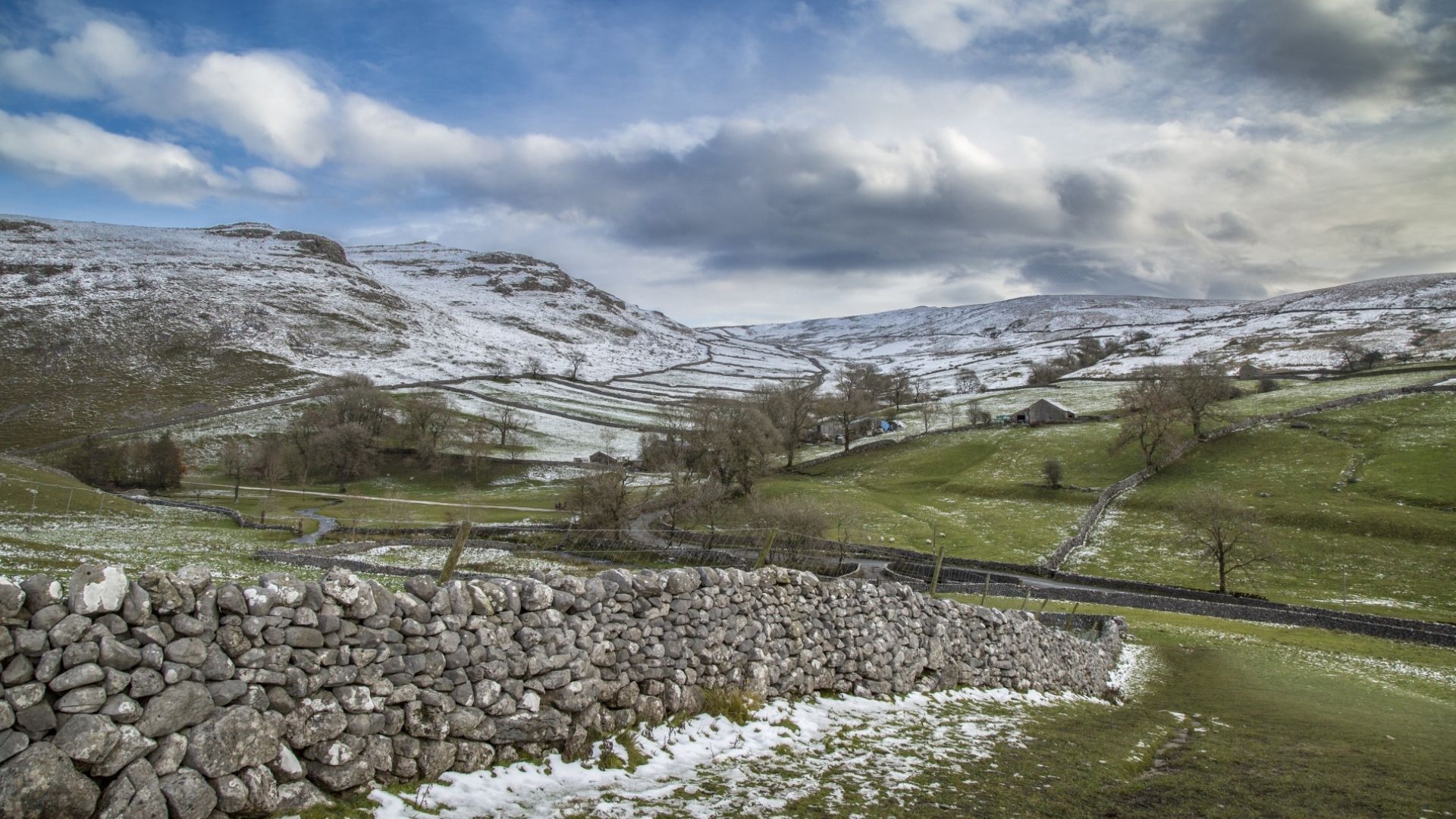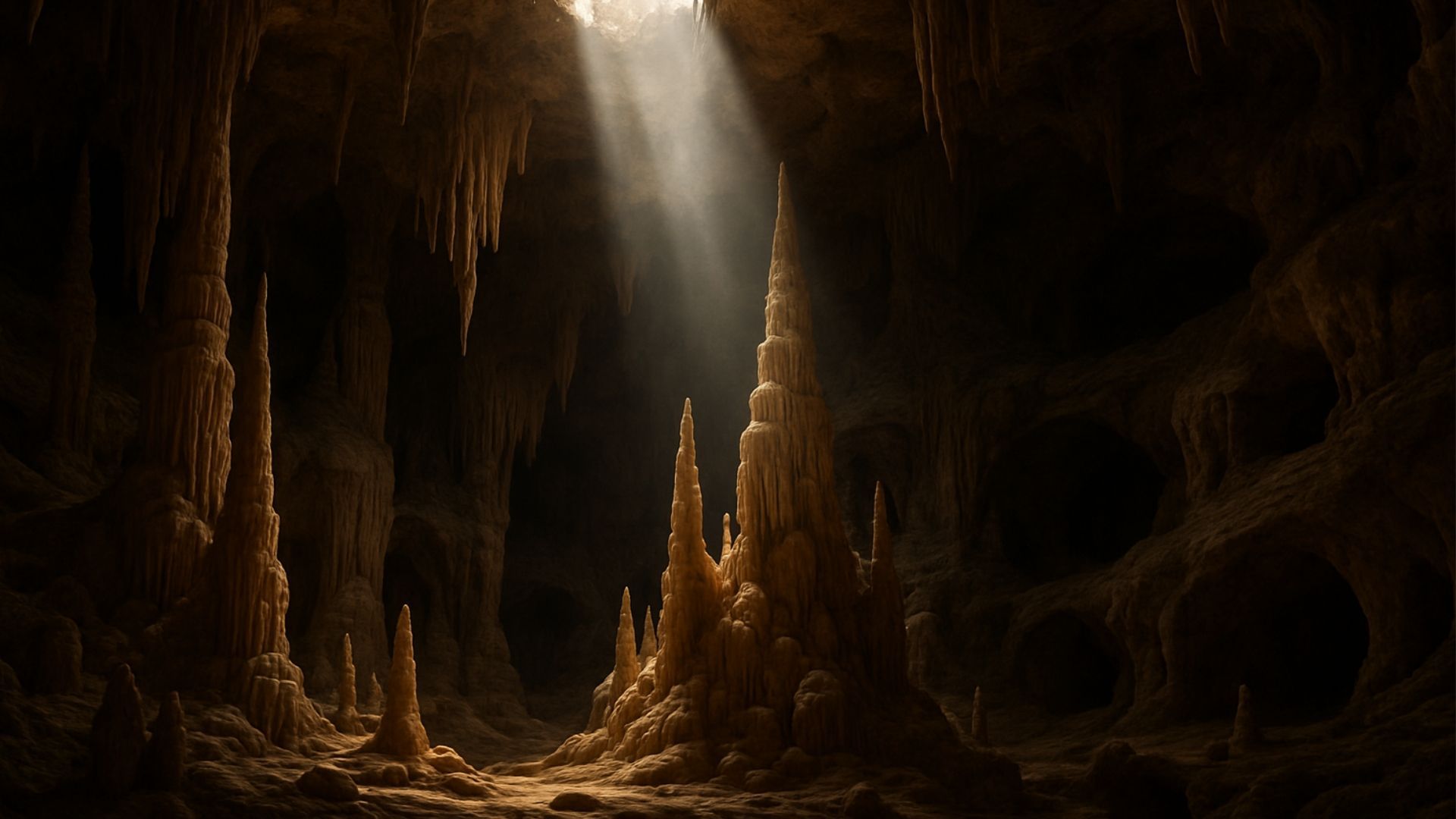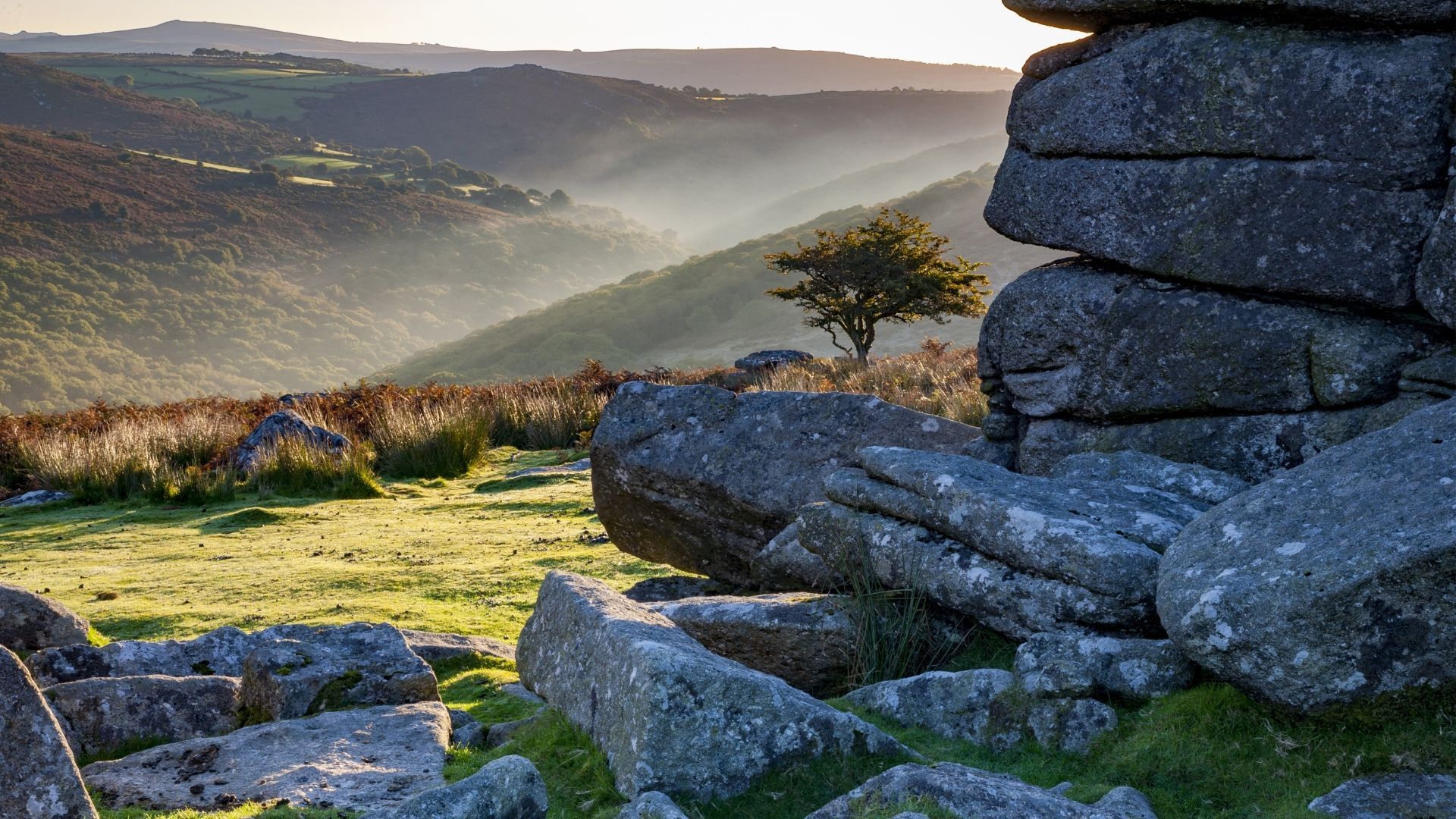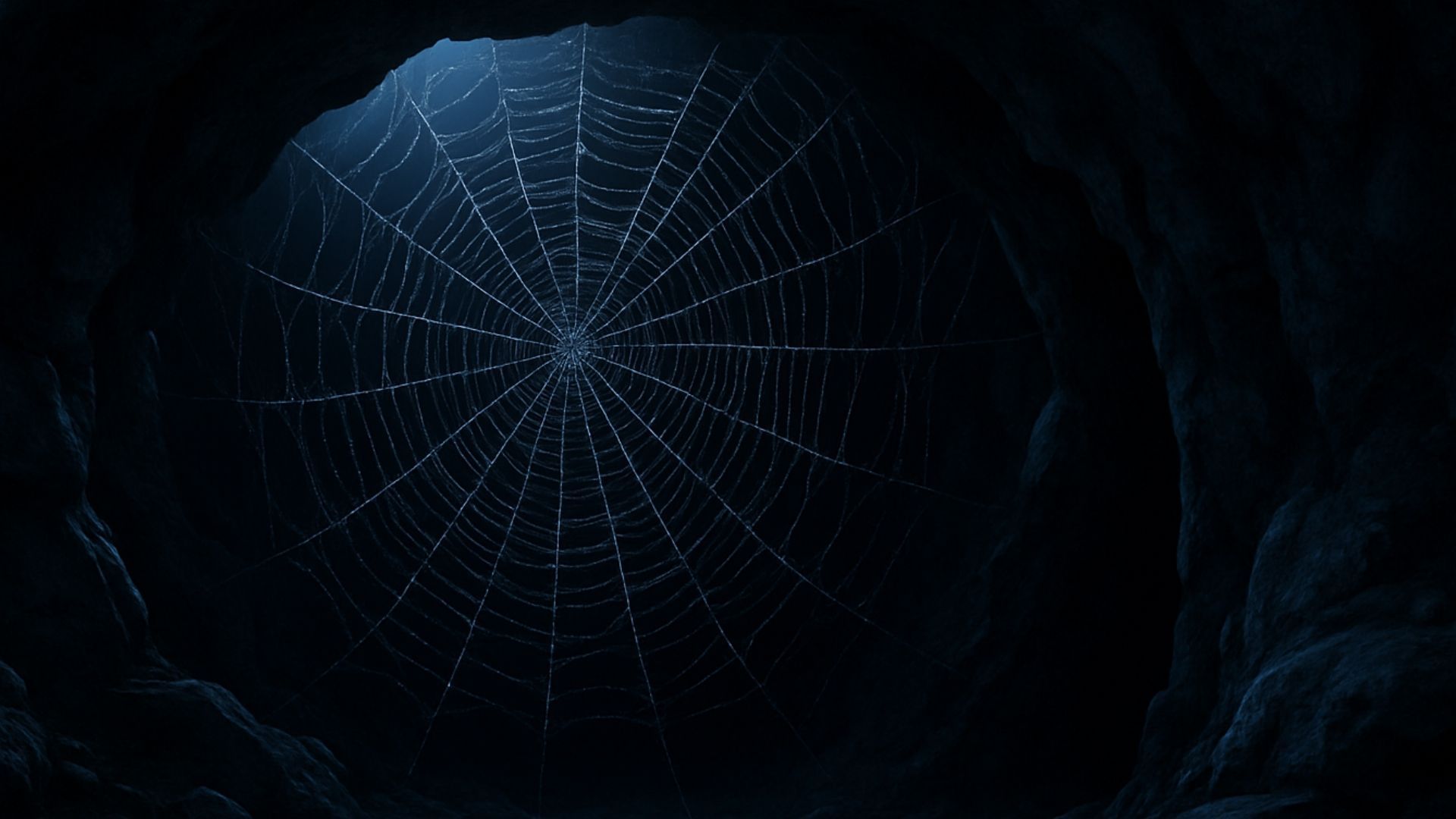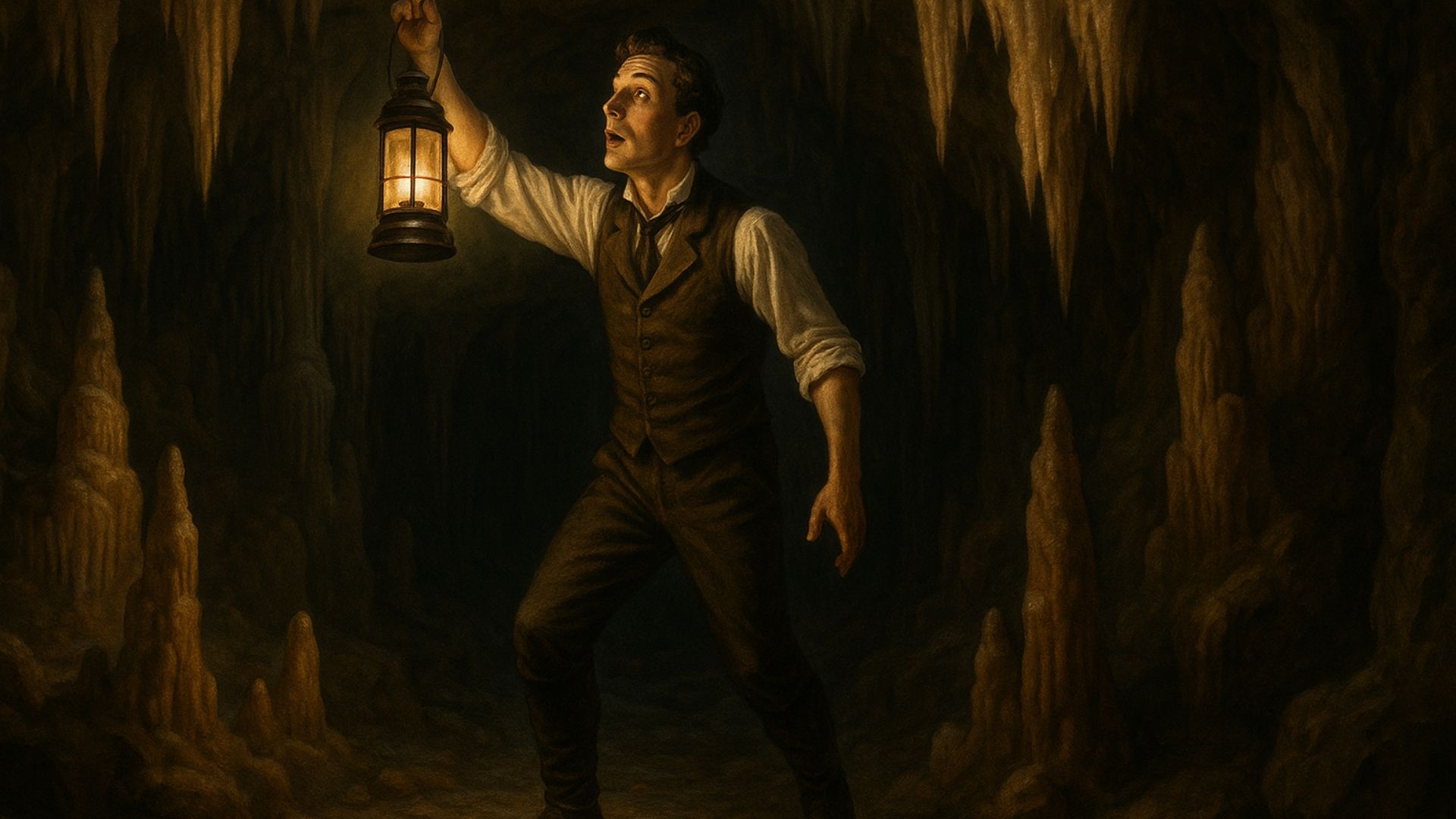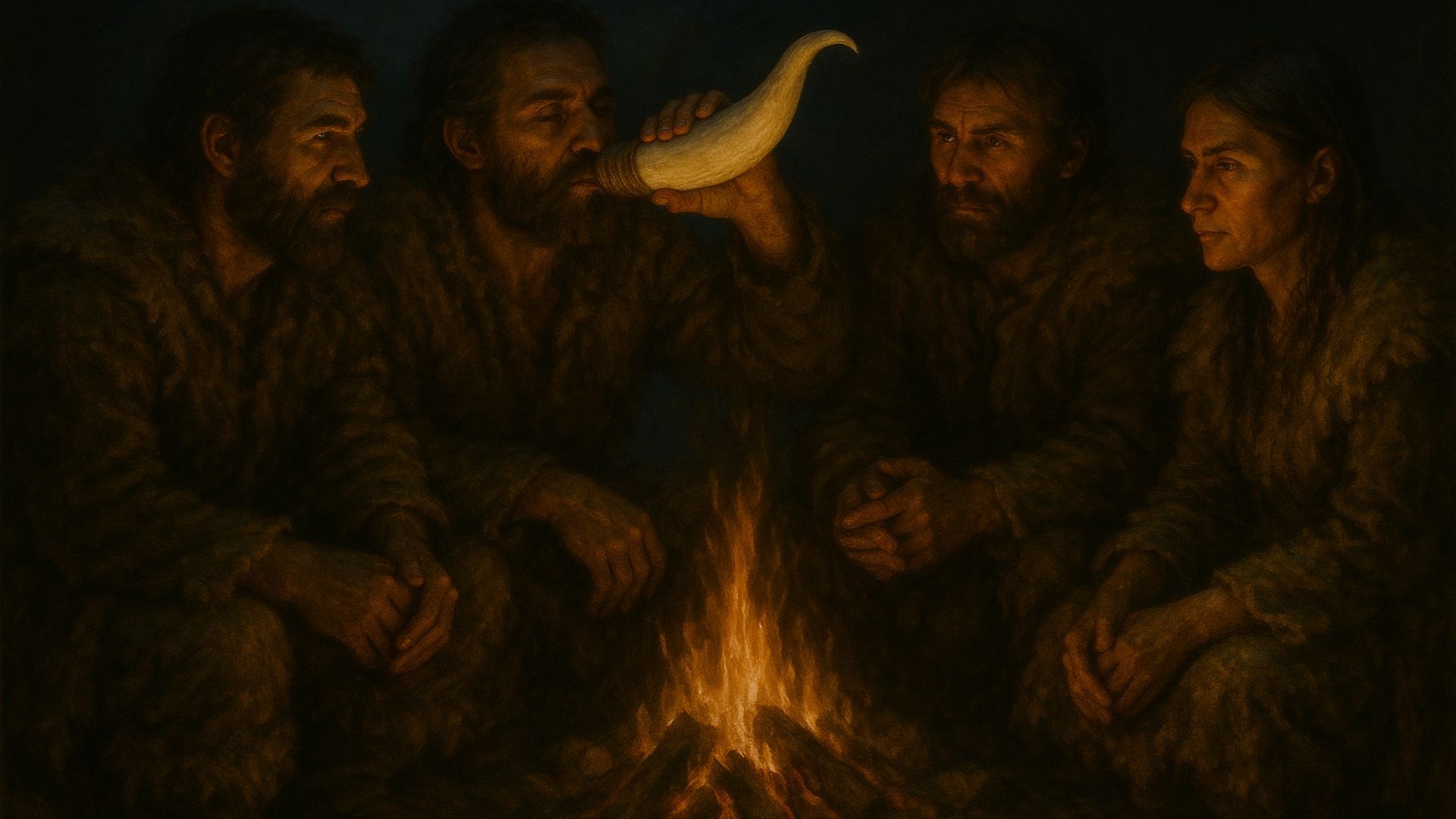Caves are home to a wide range of animals – from birds to insects, from snakes to fish. Join us as we look at some of the weirdest and most wonderful.
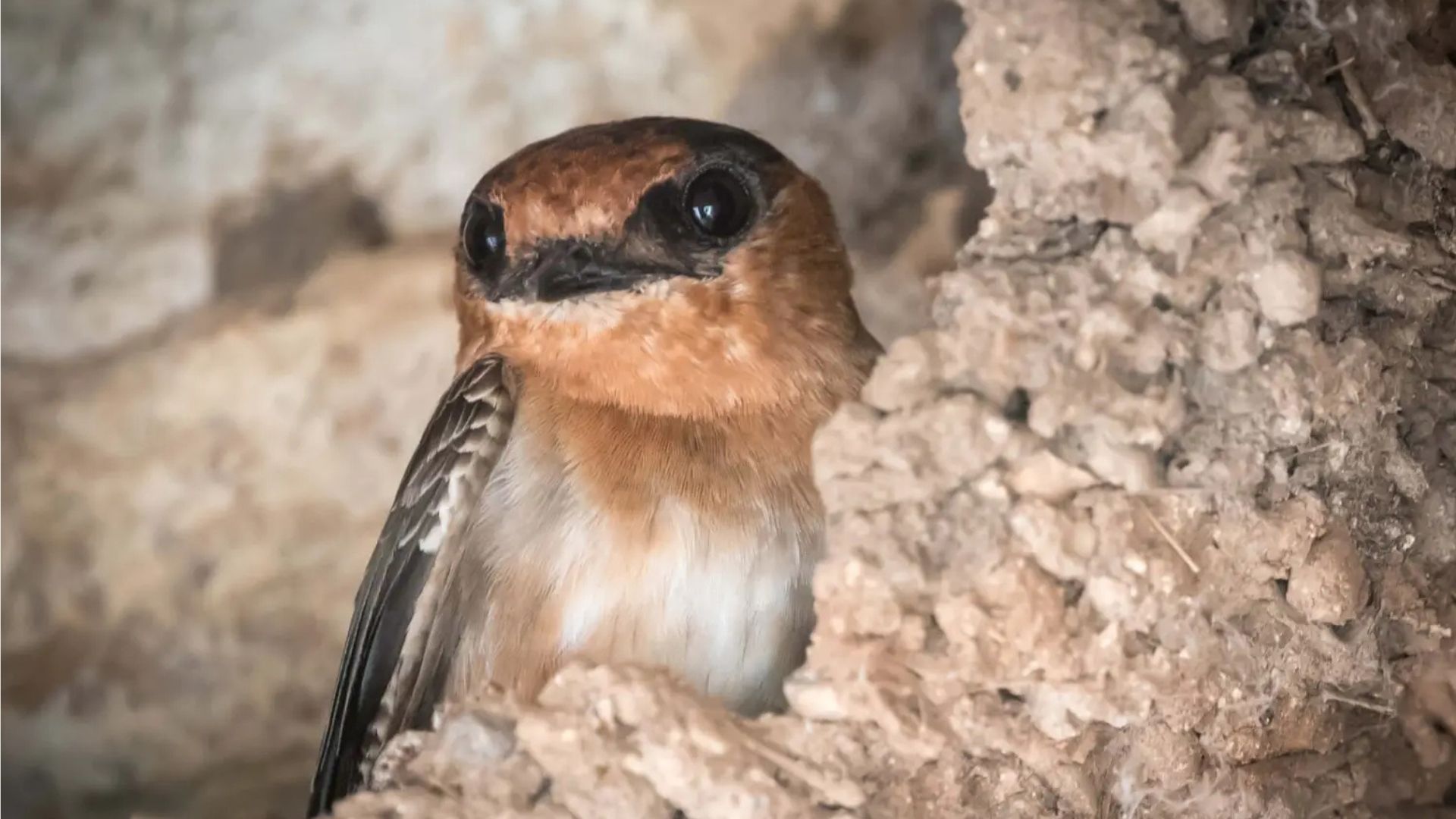
When you think of caves, what comes to mind? Darkness? Stalagmites and stalactites? Shafts, passageways and chambers?
We're going to hazard a guess that you didn't think of animals, at least not straight away. Surely a cave is a terrible place for an animal to spend its time?
In fact, there are all sorts of cave-dwelling creatures including insects, fish and birds. They can be split into three main groups – trogloxenes, troglophiles and troglobites.
A trogloxene is a bit like someone visiting a show cave. It's a "cave guest" – a visitor looking for food and shelter who doesn't make his home there permanently.
Then there are troglophiles or "cave lovers". These live in caves but spend time exploring the outside environment, often to find food.
And finally, troglobites are full-time cave-dwellers. They never leave, but spend their whole lives underground in the dark and damp.
Here at Stump Cross Caves, we're troglophiles who love to share our passion for all things subterranean with visiting trogloxenes. And while we've yet to come across any human troglobites, believe it or not, there are some out there!
So without further ado, let's wrap up warm and head down into the caves for a look at some weird and wonderful cave-dwellers…
Trogloxenes (cave guests)
Did you know that caves have their own food chain?
At the bottom of the pile are "detritivores". These are insects like cockroaches, mites and woodlice that live off bat faeces and any other dead organic material that's lying around. Let's put it this way – they're not fussy eaters.
Detritivores are eaten by spiders and "pseudoscorpions" (we would advise against Googling these if you're at all squeamish), which in turn are eaten by cave-dwelling snakes.
Into this environment wander bats, rats, raccoons and other animals – out on the prowl for food or shelter. They have no intention of staying. To the trogloxene, a cave is more of a bed and breakfast than a permanent residence.
In the days when the earth was inhabited by Neanderthals and other early humans, there were all manner of cave guests – bears, lions, woolly mammoths and leopards, to name but a few.
The cave lion, for example, went extinct at the end of the Ice Age, around 10,000 years ago. For whatever reason, early humans didn't hunt them – but they did wear their teeth as jewellery.
It's amazing to think that back then, these beasts would be wandering around caves. Wow!
Troglophiles (cave lovers)
Cave lovers live in caves – but they pop out regularly to explore the outside environment.
Bats, for instance, roost in caves during the day, whereas swiftlets get their cave-based kip at night. These partial cave-dwellers have adapted to the dark and don't see it as an obstacle.
Swiftlets are petite enough to fit through narrow shafts and passageways. They fly surprisingly slowly and close to the ground – and have also evolved the skill of "echolocation", meaning they can find their nests by emitting a call and listening for the echo.
Bats are a big deal in the cave world. Some caves are home to more than 20 million of them.
Then there are cave swallows. These love to nest in caves when it's time to breed – but they're not fussy and will also roost in manmade structures like channels, pipes and bridges. They get their food from outside the cave.
Troglobites (full-time cave-dwellers)
Troglobites have adapted to survive exclusively in caves. They spend their entire lives in the dark.
Evolution has a way of discarding unnecessary features. A cave-dweller lives in the dark, so eyes aren't much use to them – it certainly won't help them to escape capture. For this reason, most species are blind.
The lack of light also means that many lack skin pigment. The world of full-time cave-dwellers is one of ghostly whites and pinks.
Troglobites have developed ways to escape detection in the absence of eyesight. Pseudoscorpions, for instance, navigate using sensory hairs – whereas the blind, colourless cavefish uses smell and is ultra-sensitive to pressure and vibrations in the dark.
And cavefish never sleep. There's no distinction between day and night, so they just swim constantly.
Many troglobites are endemic to just one cave or a single cave system. They don't fare well outside caves and so aren't able to move between systems.
A fascinating pair of creatures is the Devils Hole pupfish and the Kaua'i cave wolf spider.
The pupfish is tiny – even the largest specimens grow to just 1.2 inches or so. It lives exclusively in Devils Hole in Nevada and gets its name from its playful, puppyish demeanour.
Meanwhile the Kaua'i cave wolf spider – or "blind spider" – lives in passageways, caverns and cracks in the stone. It was discovered in 1973 on the Hawaiian island of Kaua'i.
The blind spider is what they call an "opportunistic feeder". If you went on a date with one, it would definitely pinch food from your plate. It takes what it can, usually cockroaches and other spiders.
Unlike many species of spider, it doesn't spin a web. Instead, it stands still for long periods, waiting for vibrations and chemical signals that tell it food is on its way.
People
No, we're not talking about the Flintstones. Even today, some humans live in caves.
In France's Loire Valley, people live in cave systems, or
maisons troglodytes (troglodyte houses). The landlord ("cavelord"?) will rent out caves to people seeking to escape from the summer heat.
Meanwhile, in Tunisia, the village of Matmata is home to a community of around 2,000 cave-dwelling Berbers.
And in England, people lived in the caves at Kinver Edge in the Black Country until the mid-1950s.
At Stump Cross Caverns, you can visit our spectacular show caves. While we can't promise any cavefish or modern-day troglodytes, you might see a bat or two. If you're looking for
rainy-day activities in Yorkshire, why not book a visit?


